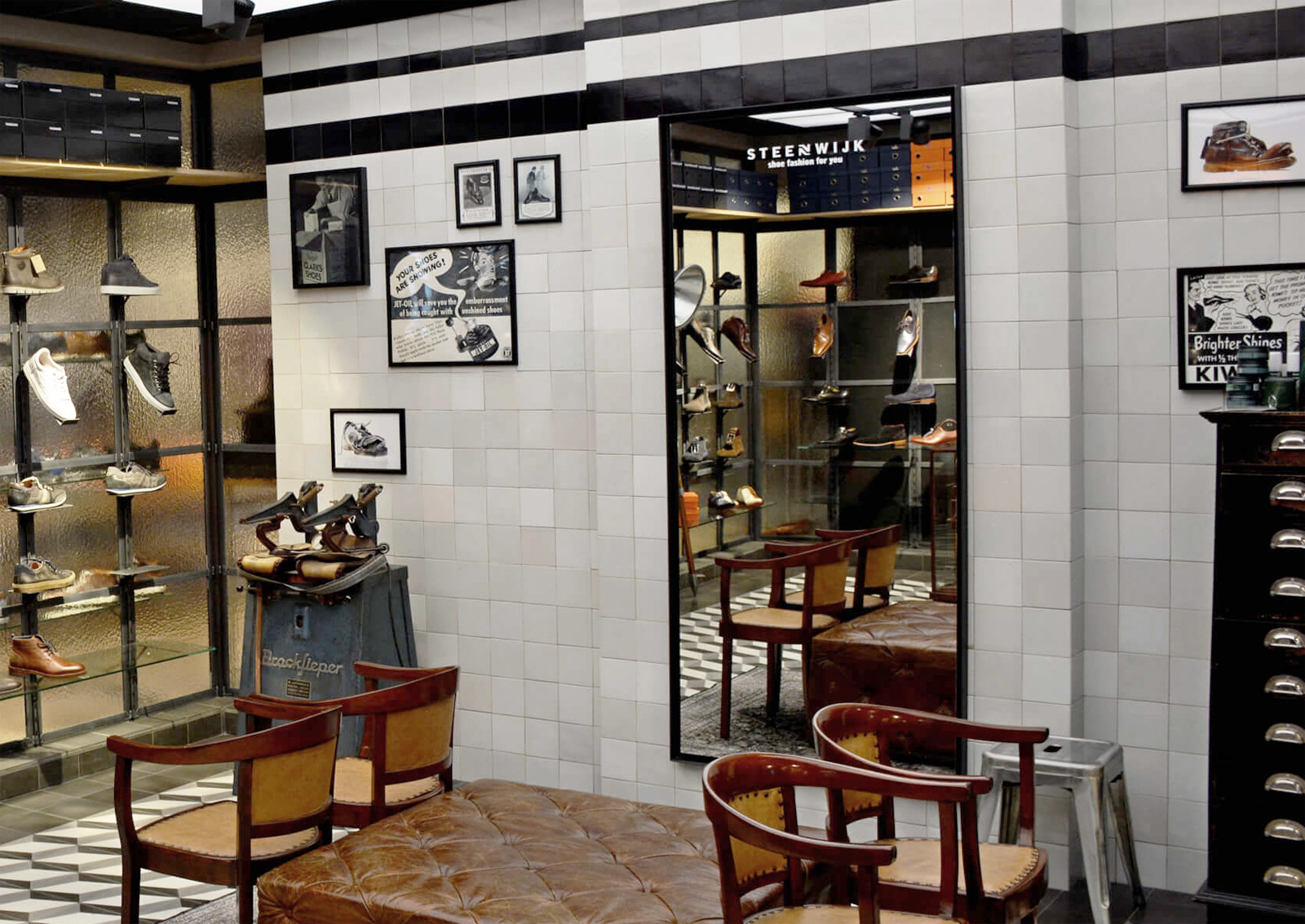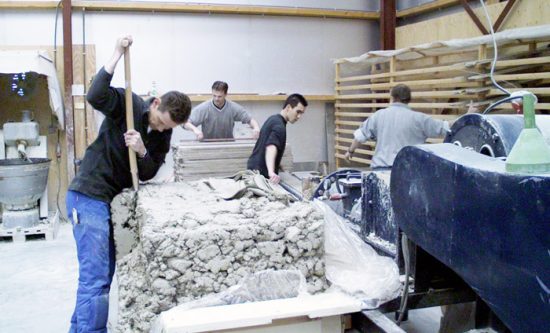Harlinger Aardewerk & Tegelfabriek
Vakmanschap in een eeuwenoud ambacht

5 reasons why our Frisian whites are special
29 August 2017
Frisian witjes has become a collective name for traditional white tiles from Friesland in the traditional dimensions of 13 x 13 cm. In some cases, the corner decor tiles are also referred to as white, so it’s a fairly broad term.
Below are five reasons why our Frisian whites are so special.
1) Our Frisian whites are formed by hand.
We form all our tiles by hand, including the whites. A tile wall with our whites therefore has a different appearance than a wall with machine-formed tiles. Cutting to size is also called ‘trimming’. The tile maker still uses the same tools as 400 years ago, namely a knife and a wooden mold with nails in the corners. The nails are used to hold the mold in place. Real traditional tiles always have holes in the corners. Watch this video for action images.

2) Our Frisian whites are glazed by hand

3) Our icing is prepared according to historical recipe
4)We have 10 different shades of white
Within the Old Dutch blue-gray color atmosphere we distinguish between a colorful mix and a calm mix. A colorful mix means that there is a lot of nuance in a tile wall. The calm mix produces a tiled wall with a slight nuance. In addition to our historical white, we also have the following shades: eggshell, sand cream white, light cream white, antique beige, warm gray, vanilla white, cream white and ivory white and pure white.

5) We even make the clay ourselves
Our Frisian whites are made by hand from start to finish. We even make the clay ourselves, we use a mix of Frisian sea clay and marl.

For more information about the craft see our page about the craft.



